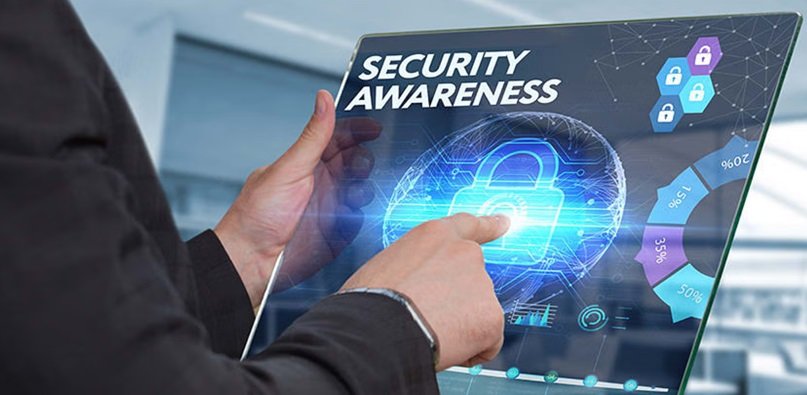Table of Contents
Every organization understands the need for technology controls like firewalls and anti-malware software. But what about operational controls? These are the often-overlooked factors that turn good cybersecurity from a wish to a reality.
Operational controls
Here are 4 key areas, the “Big 4” of operational controls, that can revolutionize your operations:
1. Clear Policies and Defined Procedures
Imagine your organization as a castle. Strong policies are the blueprints, outlining how to build secure defenses. Procedures are the instruction manuals, showing employees exactly how to carry out those defenses.
- Policies establish the rules of the game. They define what acceptable use of technology looks like, how to handle data, and how to identify and report threats.
- Procedures provide step-by-step instructions. This could be anything from managing access rights to reporting a phishing attempt.
With clear policies and defined procedures, everyone in your organization knows their role in maintaining cybersecurity. This reduces confusion and empowers employees to be your first line of defense.
2. Disaster Recovery and Incident Response Plans
Let’s face it, sometimes things go wrong. A disaster recovery plan is your organization’s insurance policy, ensuring a swift and smooth recovery from unexpected events, cyberattacks included. An incident response plan goes a step further, outlining how to handle and contain a security breach.
- Disaster recovery plans ensure critical systems and data can be restored quickly, minimizing downtime and financial losses.
- Incident response plans establish a clear process for identifying, containing, and remediating security breaches. This includes communication protocols for informing employees, customers, and authorities.
By having these plans in place, you demonstrate a commitment to resilience and business continuity. This not only protects your bottom line but also builds trust with your customers.

3. Continuous Cybersecurity Training
Think of cybersecurity awareness training as giving your employees a superpower: the ability to spot threats before they strike. In today’s ever-evolving threat landscape, keeping employees informed is crucial.
- Regular training sessions educate staff on the latest threats, best practices, and security technologies. This empowers them to identify phishing attempts, malware, and other attack vectors.
- Training fosters a culture of security awareness. Employees become more vigilant and accountable for protecting sensitive data. They’re more likely to follow security protocols and report suspicious activity promptly.
Remember, a well-trained workforce is your strongest defense against cyber threats.
4. Cybersecurity: A Team Effort
Cybersecurity isn’t a one-man show. It takes a village, or rather, a team, to effectively safeguard your organization.
- Cybersecurity teams bring together professionals with diverse expertise in areas like network security, data protection, and incident response.
- Collaboration allows this team to share information, exchange threat intelligence, and work together to solve problems. This leads to faster detection and mitigation of security vulnerabilities.
By working as a united front, your cybersecurity team can adapt to emerging threats, proactively address challenges, and ensure the continued protection of your critical assets and data.
Conclusion – Operational Controls
Technical controls are a crucial part of cybersecurity, but they’re only half the story. By implementing these “Big 4” operational controls, you can revolutionize your cybersecurity posture. A combination of clear policies, defined procedures, disaster recovery plans, ongoing training, and a collaborative team effort will give your organization the foundation it needs to thrive in today’s digital world.




Leave a Reply